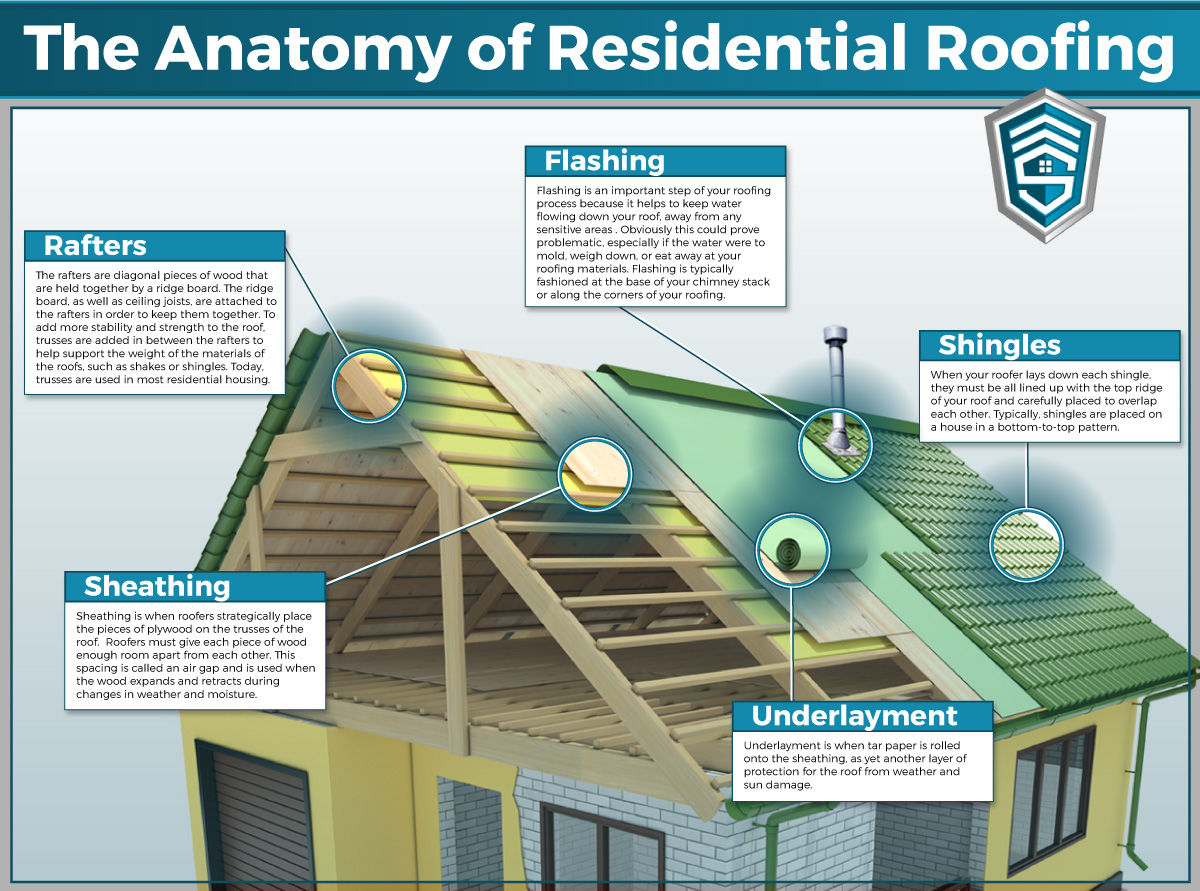Forgeting The Significance Of Roof Air Flow Can Result In Significant Damage; Identify The Essential Facets That Promote An Effective Installation And Secure Your Financial Investment
Forgeting The Significance Of Roof Air Flow Can Result In Significant Damage; Identify The Essential Facets That Promote An Effective Installation And Secure Your Financial Investment
Blog Article
Team Author-Gundersen Poole
When you're tackling a roof job, you could not think much concerning roof covering air flow, but it's more essential than you realize. Effective air flow assists control temperature level and dampness in your attic, stopping issues like mold and structural damages. By understanding just how to design and set up a well balanced ventilation system, you can enhance energy efficiency and prolong the lifespan of your roofing materials. So, what are view to consider throughout installment that can make all the difference?
Relevance of Roof Ventilation
Roofing ventilation plays a vital duty in keeping the overall health of your home. By enabling fresh air to circulate with your attic, it aids regulate temperature and dampness degrees. This equilibrium is essential to avoid warm buildup during warm months, which can result in increased energy prices as your air conditioning works overtime.
In addition, proper air flow substantially minimizes the danger of moisture-related problems like mold and mold. If humidity levels rise, your home's architectural stability can be jeopardized, leading to pricey fixings. You wouldn't intend to manage decomposing timber or deformed roofing materials, right?
Additionally, appropriate ventilation prolongs the lifespan of your roofing system. When heat and wetness are kept in check, your roof covering can perform efficiently, avoiding early deterioration. This implies less headaches and expenses down the line.
Just How Roof Covering Ventilation Functions
Reliable roofing system air flow relies on the all-natural movement of air to produce a balance between consumption and exhaust. When you install vents, you're basically allowing fresh air to enter your attic room while enabling hot, stagnant air to run away. This process aids manage temperature and dampness levels, preventing issues like mold and mildew growth and roofing damage.
Consumption vents, normally located at the eaves, pull in amazing air from outside. Meanwhile, exhaust vents, situated near the ridge of the roofing, let hot air surge and exit. The distinction in temperature level produces an all-natural airflow, referred to as the pile result. As cozy air rises, it produces a vacuum cleaner that draws in cooler air from the lower vents.
To optimize this system, you need to make certain that the consumption and exhaust vents are appropriately sized and placed. If the intake is limited, you will not achieve the desired air flow.
Likewise, not enough exhaust can catch warm and dampness, bring about potential damages.
Key Installment Factors To Consider
When installing roof covering air flow, numerous essential factors to consider can make or break your system's performance. First, visit this weblink need to evaluate your roofing system's layout. The pitch, shape, and products all influence air flow and air flow option. See to it to select vents that fit your roofing type and neighborhood climate problems.
Next, consider the placement of your vents. Ideally, you'll desire a balanced system with intake and exhaust vents placed for optimal airflow. Location consumption vents low on the roofing system and exhaust vents near the height to encourage a natural flow of air. This configuration assists prevent dampness build-up and promotes energy efficiency.
Don't forget about insulation. Appropriate insulation in your attic room prevents warm from escaping and keeps your home comfortable. Make certain that insulation doesn't block your vents, as this can prevent air flow.
Last but not least, consider maintenance. Choose ventilation systems that are simple to access for cleansing and assessment. Regular upkeep guarantees your system remains to work efficiently in time.
Final thought
Finally, roof covering ventilation is crucial for an effective installation. By making certain proper air flow, you can stop heat buildup and moisture issues that lead to costly damages. When you strategically placement consumption and exhaust vents, you boost energy efficiency and prolong the life expectancy of your roof covering. Keep in mind, a well-ventilated roofing system not just protects your investment yet also enhances your interior air high quality. So, prioritize air flow to guarantee a resistant and affordable roofing system for your home.
